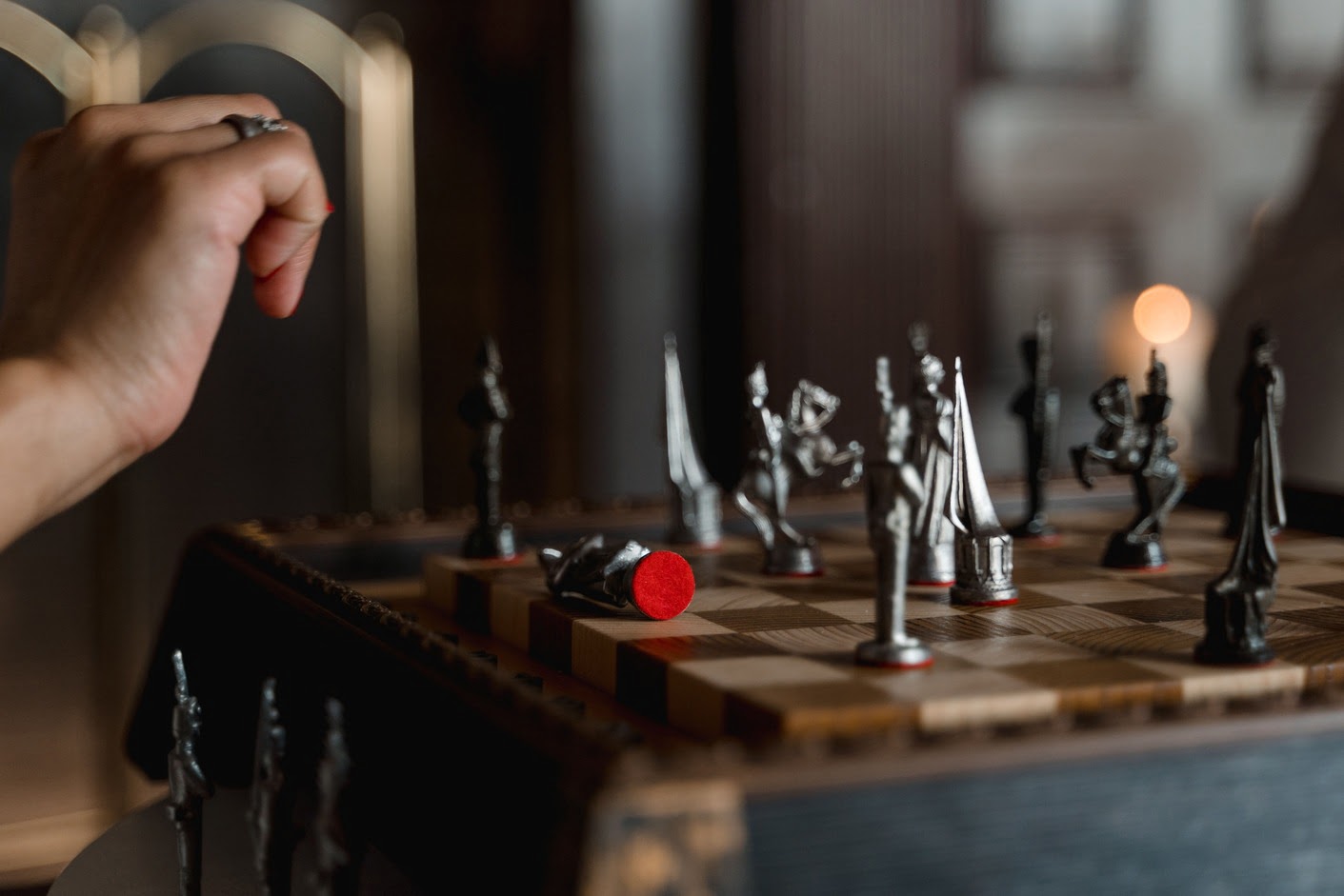History & Evolution of
Wooden Chess Tables
The history of wooden chess tables is closely tied to the history of chess itself. Chess is believed to have originated in northern India in the 6th century AD, and as the game spread to other parts of the world, so did the use of dedicated chess tables.
Early wooden chess tables were often simple, with a plain board placed on top of four legs. Over time, however, the design of chess tables became more elaborate and ornate, with intricate carvings and inlays.
During the Renaissance period in Europe, the popularity of chess continued to grow, and wooden chess tables became increasingly elaborate and sophisticated. Many of these tables featured intricate carvings and inlays, as well as drawers for storing chess pieces.
In the 19th century, the production of wooden chess tables became more efficient, and they became more widely available to a broader range of people. This led to a proliferation of different designs and styles, from ornate and highly decorative tables to simpler, more functional designs.
Today, wooden chess tables continue to be popular among both serious players and collectors. They come in a wide range of styles and designs, from classic and traditional to modern and contemporary, and are valued for their beauty, craftsmanship, and functionality. Whether used for playing chess or as decorative pieces, wooden chess tables remain a timeless and elegant addition to any home or office.
Wooden chess tables have a long and fascinating history that is closely tied to the history of chess itself. The origins of chess can be traced back to northern India in the 6th century AD, and as the game spread to other parts of the world, so did the use of dedicated chess tables.
Early wooden chess tables were often simple and functional, with a plain board placed on top of four legs. However, as the game grew in popularity, so did the demand for more elaborate and decorative chess tables. During the Renaissance period in Europe, the popularity of chess reached new heights, and the design of chess tables became increasingly elaborate and sophisticated.






